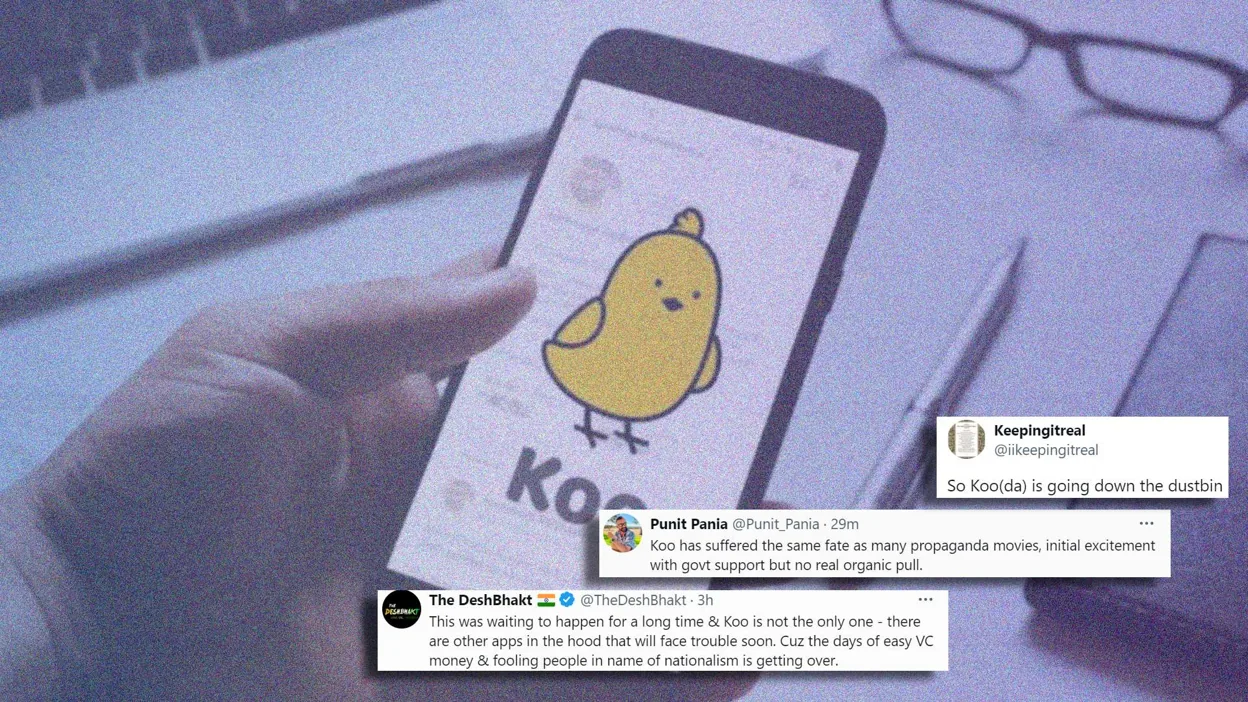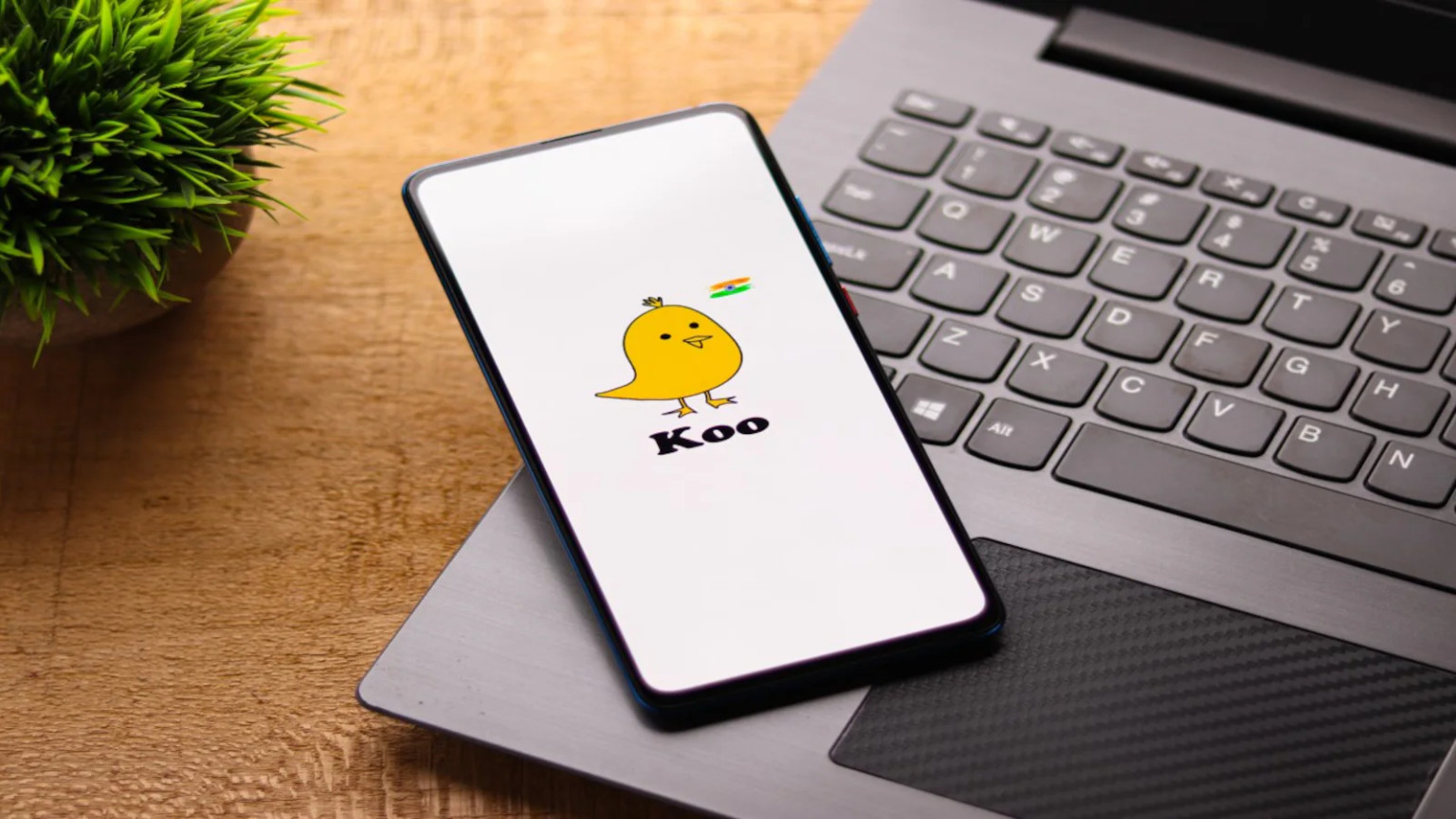Even though Koo had 2.1 million daily active users at its height, it had a difficult route ahead of it. When Koo was introduced in 2020, it soon came to represent India’s drive for digital independence. It gained popularity during the government’s dispute with Twitter on content control, drawing prominent users such as celebrities and public figures.
Many people connected with the platform’s goal of a bilingual, hyperlocal social media environment. But Koo’s popularity was constrained by its tight ties to the BJP government in power and the ensuing political scandals. The website came under fire for turning into a safe space for right-wing speech, which turned off some users. Furthermore, Koo’s excessive dependence on outside finance was troublesome.

Source: Mashable India
The extended lack of funding and unsuccessful negotiations for partnerships with large Internet businesses significantly hindered the organisation’s capacity to continue activities. Tiger Global led a $30 million fundraising round, but Koo was unable to sustain its development trajectory.
The technological benefits and user-focused strategy of the platform were not adequate to attract a significant number of users to meet the expenses associated with operating a social media network. This finally caused it to fail, especially when combined with unfavourable market conditions.
Source: CNBC- TV 18
The closure of Koo should serve as a lesson for new businesses. Its demise serves as a reminder of the value of steady finance, the flexibility of the market, and the challenge of taking on well-established competitors. Koo’s story will be regarded as a daring yet sobering chapter in India’s digital evolution, as Radhakrishna and Bidawatka bid adieu.
What do you think about this? Comment below.

